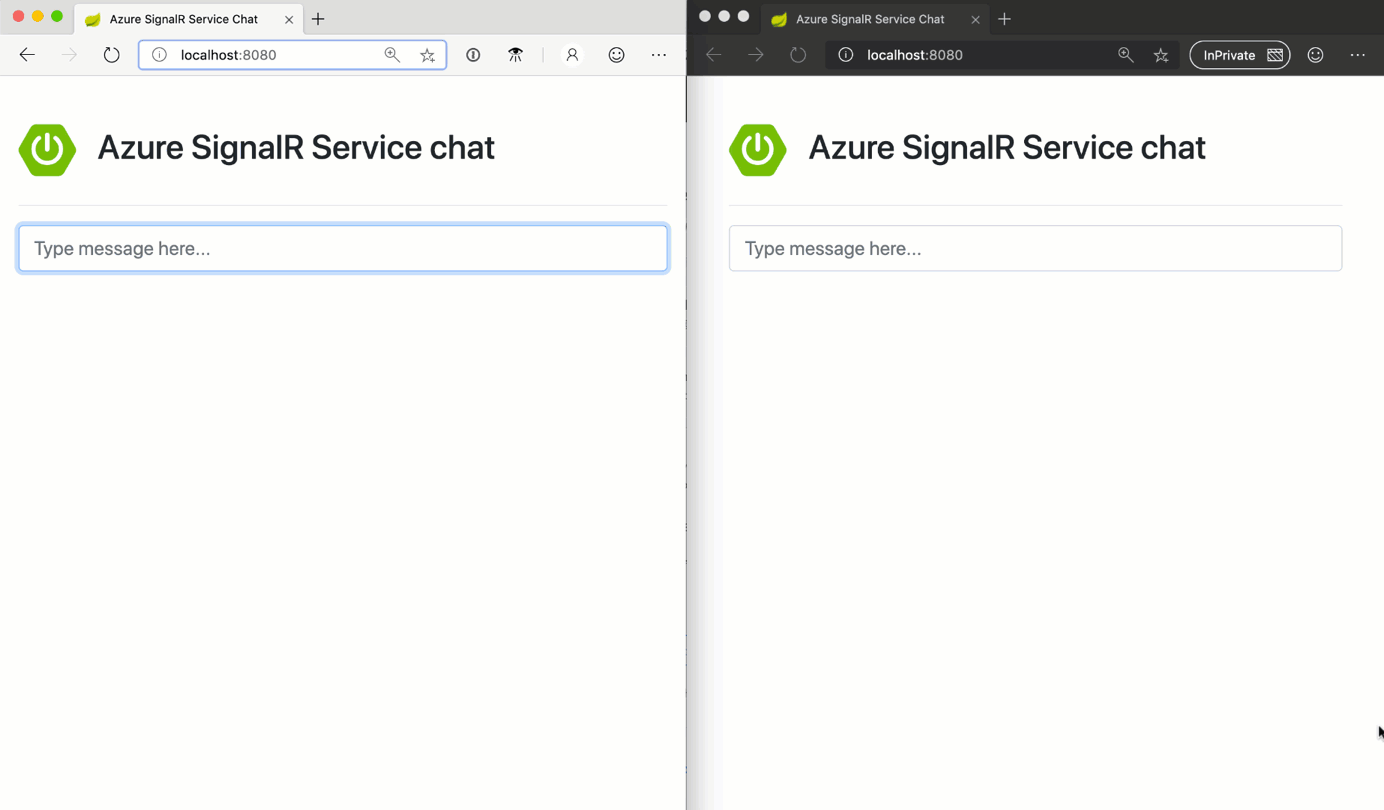Running headless Chromium in Azure Functions with Puppeteer and Playwright
Monday, August 17, 2020
With a recent update to Azure Functions, it is now possible to run headless Chromium in the Linux Consumption plan. This enables some serverless browser automation scenarios using popular frameworks such as Puppeteer and Playwright.
Update 2023-08-31: If you're having trouble running Playwright or Puppeteer on Azure Functions, check out Serverless Playwright the easy way with Azure Container Apps.
Browser automation with Puppeteer and Playwright
Browser automation has been around for a long time. Selenium WebDriver was a pioneer in this space. More recently, Puppeteer and Playwright have gained in popularity. The two frameworks are very similar. Google maintains Puppeteer and Microsoft maintains Playwright. It's interesting to note that some of the folks who worked on Puppeteer are now working on Playwright.
Puppeteer and Playwright each support a different set of browsers. Both of them can automate Chromium. They automatically install Chromium and can use it without extra configuration.
With a recent update to Azure Functions, it is now possible to run headless Chromium in the Linux Consumption plan. This enables some serverless browser automation scenarios using popular frameworks such as Puppeteer and Playwright.
Update 2023-08-31: If you're having trouble running Playwright or Puppeteer on Azure Functions, check out Serverless Playwright the easy way with Azure Container Apps.
Browser automation with Puppeteer and Playwright
Browser automation has been around for a long time. Selenium WebDriver was a pioneer in this space. More recently, Puppeteer and Playwright have gained in popularity. The two frameworks are very similar. Google maintains Puppeteer and Microsoft maintains Playwright. It's interesting to note that some of the folks who worked on Puppeteer are now working on Playwright.
Puppeteer and Playwright each support a different set of browsers. Both of them can automate Chromium. They automatically install Chromium and can use it without extra configuration.


